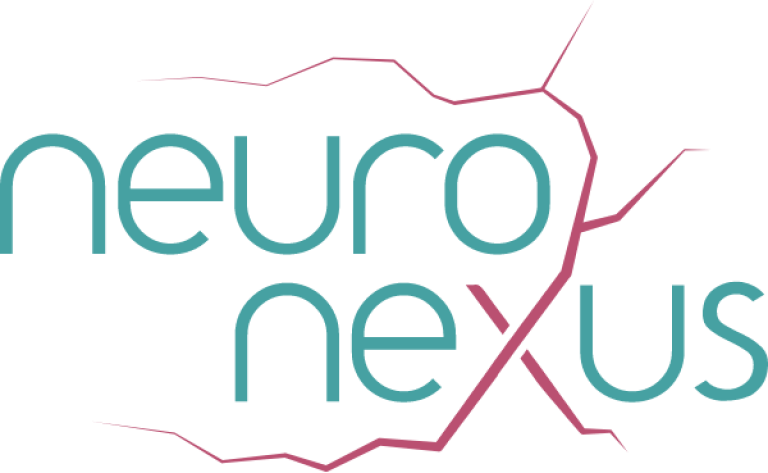Mapping sensorimotor activation hotspots during cortical stimulation (MOSAICS)
Champion Name
Organization
Department of Pediatrics, Cumming School of MedicineChallenge ID
Project Track
Skills Needed
Using transcranial magnetic stimulation (TMS), excitability of areas within the motor cortex can be mapped and motor “hotspots” can be identified for specific muscles. This is particularly interesting in hemiparetic children with perinatal stroke, who often show remapping of the motor system within both hemispheres. To compare between individuals or even within a single individual over time, direct mapping to a person’s brain anatomy must be established. MOSAICS (mapping sensorimotor activation hotspots during cortical stimulation) is a locally-developed Matlab toolbox that provides such functionality as well as facilitates transformation into standard imaging space allowing for group comparisons. We invite a team to take the MOSAICS toolbox to the next level by:
- Developing additional tools to expand the functionality of MOSAICS, particularly implementing a brain mask to constrain motor map placement, and re-slicing brain scans to a standard resolution.
- Improve ease of use through creation of a graphics user interface, a press-button installation solution, and refinement of current functions (e.g. enhanced error checking capabilities). The team can expect to become familiar TMS and brain stimulation, image processing, and practical computer science applications.
Specific solutions could include:
- Add grey and white matter segmentation masks from SPM together, convert to a binary mask and subtract from the resulting motor map images.
- Identify a re-slicing or co-registration algorithm (possibly via SPM) and modify MOSAICS to initially re-slice brain scans to 1mm isotropic voxels.
- Using Matlab, create a graphical menu system for easy file input/output that saves user preferences and file paths.
- Create an easy to use installation package that installs dependencies automatically.
- Commonly encountered errors from the troubleshooting document can be integrated into the software to return helpful error messages and help documentation rather than Matlab errors.
